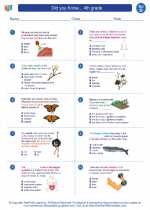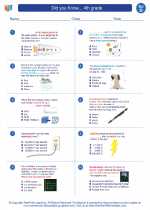Exploring the Polar Regions
The polar regions are the areas around the North Pole and South Pole, known as the Arctic and Antarctic, respectively. These regions are characterized by extreme cold temperatures, unique ecosystems, and a variety of fascinating geological features.
Key Facts about the Polar Regions:
- Climate: The polar regions are known for their frigid temperatures, with the Arctic being relatively warmer than the Antarctic. The Arctic has a mix of ice and water, while the Antarctic is a continent covered in thick ice.
- Wildlife: Both the Arctic and Antarctic are home to a diverse array of wildlife, including polar bears, penguins, seals, whales, and a variety of bird species adapted to the extreme conditions.
- Ice Formation: The polar regions are characterized by massive ice sheets, glaciers, and icebergs. These icy landscapes are constantly changing due to the melting and refreezing of ice.
- Geography: The Arctic is an ocean surrounded by land, while the Antarctic is a landmass surrounded by ocean. The geography of these regions has a significant impact on their climate and ecosystems.
- Research and Exploration: Scientists and explorers have been studying the polar regions for centuries, uncovering valuable information about climate change, geology, and the adaptations of polar organisms.
Study Tips:
Here are some tips to help you study and learn more about the polar regions:
- Read and Watch: Explore books, articles, documentaries, and educational websites to learn about the geography, climate, and wildlife of the Arctic and Antarctic.
- Maps and Globes: Use maps and globes to understand the location of the polar regions in relation to the rest of the world. Identify the Arctic Circle and the Antarctic Circle.
- Hands-On Activities: Engage in hands-on activities such as building models of icebergs, creating polar animal dioramas, or conducting experiments related to ice formation and melting.
- Virtual Tours: Take virtual tours of polar research stations, wildlife habitats, and geological features to gain a deeper understanding of these unique environments.
- Discussion and Debate: Engage in discussions or debates about the impact of climate change on the polar regions, the conservation of polar wildlife, and the importance of scientific research in these areas.
By exploring the polar regions, you can gain a greater appreciation for the Earth's diverse ecosystems and the importance of environmental conservation.
.◂Science Worksheets and Study Guides Fourth Grade. Did you Know... 4th grade
Study Guide Did you Know... 4th grade
Did you Know... 4th grade  Worksheet/Answer key
Worksheet/Answer key Did you Know... 4th grade
Did you Know... 4th grade  Worksheet/Answer key
Worksheet/Answer key Did you Know... 4th grade
Did you Know... 4th grade  Worksheet/Answer key
Worksheet/Answer key Did you Know... 4th grade
Did you Know... 4th grade 

 Worksheet/Answer key
Worksheet/Answer key
 Worksheet/Answer key
Worksheet/Answer key
 Worksheet/Answer key
Worksheet/Answer key

The resources above cover the following skills:
Core Ideas for Knowing Science
Life Science
Organisms are organized on a cellular basis and have a finite life span.